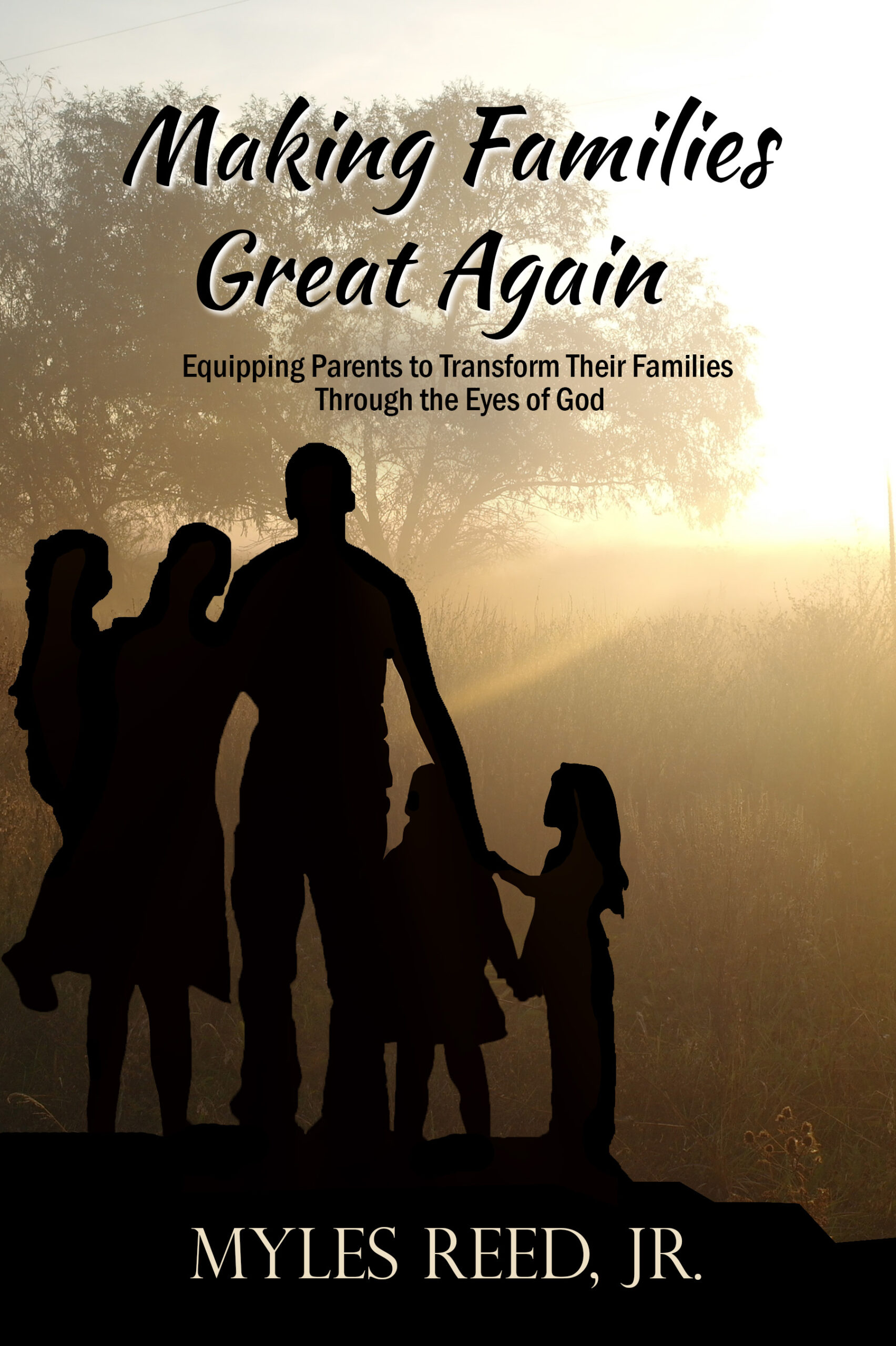An eleven-year-old blind boy wants to break free from his dark world and see the light. The visual cortex of his brain is exceptionally active because he must create his mental images from senses other than sight.
Great words from Adventures in Darkness by Tom Sullivan:
I went to the old swing in the corner of my yard and sat on it. From the time I was a little boy, that swing had served many purposes. If I sat sideways on its seat, it was the Lone Ranger’s stallion, Silver, as I rode chasing Butch Cavendish and the Hole-in-the-Wall Gang. Twisting the chain as taut as possible and then releasing the swing, I was Flash Gordon and the swing became a rocket ship flying through space. At other times, pumping as hard as I could and taking the swing through its complete arc, I was a bird, soaring over the confines of my yard, tasting delicious freedom. While I was on my swing, the sounds of the world came to me on the ocean’s breeze, tempting me with unlimited possibilities.
What we might see for an improved version:
I sat on the weathered swing in the corner of my yard, ready for a new adventure. Sideways on the seat, I rode the Lone Ranger’s stallion, Silver, chasing Butch Cavendish and the Hole-in-the-Wall Gang. With the chain twisted tight, I became Flash Gordon as soon as the swing was released, on a rocket ship flying through space. After pumping as hard as I could, taking the swing to its highest arc of weightlessness, I became an eagle, soaring above the yard, tasting delicious freedom. I listened for the sounds carried on the ocean’s breeze, tempting me with new places to explore.
Logic for making improvements:
- “I sat” expresses action better than “I went.”
- “The weathered swing” gives a more vivid visual than “the old”
- “That swing had served many purposes” introduces the telling of examples from the past. With “ready for a new adventure,” we can see the actions of the blind boy’s imagination in the present, as it happens.
- “If I sat sideways on the seat, it was … is abstract passive telling. “Sideways on the seat, I rode …” is stronger.
- An introductory modifying phrase should coincide with the entire main action of the sentence, but “twisting the chain as taught as possible” is an event that precedes the main action, so we need “with the chain twisted tight.”
- “I was Flash Gordon and the swing became a rocket ship” has a more active feel if we write “I became Flash Gordon as soon as the swing was released, on a rocket ship flying through space.”
- “At other times” should be left out—abstract because it doesn’t describe a specific, present action—obvious, since he could not do more than one thing at the same time.
- “Taking the swing through its complete arc” sounds like a physics teacher observing the action. The blind boy’s feeling is pictured better with “taking the swing to its highest arc of weightlessness.”
- “A bird” is indefinite, leaving readers to visualize a sparrow or crow. We want a bird known for its great soaring ability, like an eagle.
- “The confines of my yard” is out of character for an eleven-year-old. The boy would simply say he soared “above the yard.”
- “The sounds of the world came to me” is a telling description of what happened. “I listened for the sounds” is better because it shows the character doing something to receive the sounds.
- “Unlimited possibilities” is too general. No doubt, the author knew what those possibilities covered, but how can readers know what the author and the character are thinking? Let’s be more specific with “new places to explore.”




 Character is a critical key to becoming a person of quality, and it starts in the home!
Character is a critical key to becoming a person of quality, and it starts in the home!